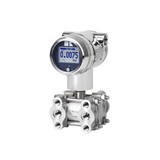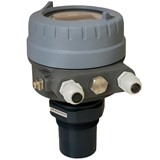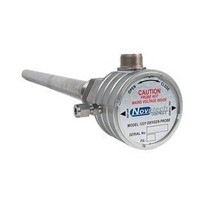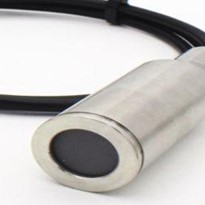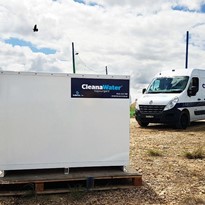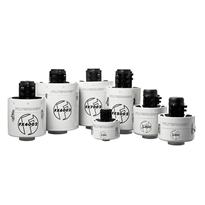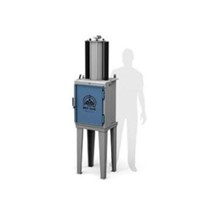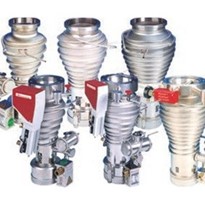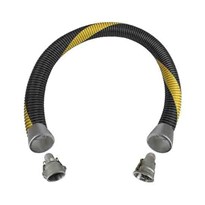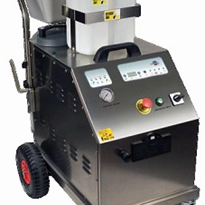Indirectly Heated Dryers and Ovens
The In-Situ probe measures the oxygen content within the drying chamber, the calculations are performed to determine how much of the air space is taken up by water vapour. For indirectly heated dryers or ovens, an oxygen probe and 1735 transmitter are all that is required. The oxygen probe uses ambient air as a reference gas.
Using two oxygen probes, a 1735 transmitter con be configured to independently measure water vapour in two seperate zones.
Directly Heated Dryers and Ovens
Where dryers or ovens use direct fired combustion, the oxygen level in the dryer or oven is measured after removing some, or all of the water vapour. The oxygen level of the dry sample is compared to the oxygen level in the wet measurement in the oven, and the amount of water vapour is calculated. The 1231 oxygen probe in the dryer or oven performs the wet measurement.
The dry measurement is performed by the Novatech RSG-17, reference gas sensor which draws a gas sample from the dryer or oven, or via an isolated 4-20mA scaled input from another device.
Directly Heated Dryers or Ovens with Constant Combustion
if the dryer or oven has a fixed combustion system ( fixed firing rate ) where the reduction of oxygen due to combustion is constant, then a reference gas sensor may not be necessary to condition reference gas from within the dryer. The dryer or oven oxygen level can be set using the transmitter's local interface. The percent water vapour can be measured by gravimetric methods to ensure the correct reading.
Industries
Food baking ( drying and roasting ), timber drying kilns, ceramic drying, paper machine drying hoods, textile drying, gypsum and plasterboard drying, flue gas moisture or dew point measurement.
Due to the wide variety of applications resulting in vastly different conditions, moisture content is calculated using several different variables. The instrument can quickly be customised to display and transmit moisture in any of the below units of measurement.
- Water Vapour %
- Dew Point (Celcius or Fahrenheit)
- Mixing Ratio
- Specific Humidity
- Relative Humidity
- Absolute Humidity
Applications
The Novatech Controls model 1735 water vapour transmitter is designed for measuring humidity in drying and baking applications economically and reliably. It can be used with indirectly heated or directly fired applications up to 600C and above. A probe is inserted so that it protrudes into the dryer or oven. The instrument provides a digital display of humidity or moisture level as well as an output signal for controlling and recording equipment.
The transmitter output signal can be used with a conventional low cost electronic panel mounted controller, or PLC to maintain the optimum humidity level in the process. Batch processes often require changing humidity level for each product on a continuous process. Batch processes often often require changing humidity levels during the drying and baking cycle. The installation of a controller is inexpensive and simple. It will normally regulate the exhaust damper postion or the exhaust damper fan speed. In some cases the product feed rate is a better variable to control.
Where a plant is operating over several shifts, different operators may set the extraction damper or fan, fuel input, steam injection, dryer or oven balance in their own individual way. This can cause differences in the humidity in the dryer or oven with consequent variations in the finished product. Other factors that can affect the humidity include how long the plant has been running, what product is being heated, the temperature, the conveyor speed and daily or seasonal variations in ambient humidity. Various industries have have other specific factors that affect humidity.
Setting up a dryer or oven by observing the effects of damper settings and other adjustments on the baked products, mean you will have some rejects while you are getting the adjustments correct. Measuring humidity can minimise or eliminate rejects because the products will be dried or baked perfectly right from the start providing a big saving in raw materials, energy, labour and production time. Even the first batch of a product can be properly processed once the correct operating humidity level for that product has been determined.
Humidity control will not only save on the costs related to reject rates, it will help improve the quality control of all products. This means more customer satisfaction that results in increased sales of product.
The Novatech Controls Model 1735 water vapour transmitter's primary function is to help to improve product quality control, but there is another benefit. The model 1735 normally pays for itself with savings in fuel or energy. Optimising the humidity by regulating the exhaust flow for each product normally provides, by far, the greatest potential fuel saving of any efficiency improvement area in dryers and ovens. The energy usage is minimised. Even quiet small ovens using $20,000 of fuel a year could have their efficiency improved sufficiently with humidity control to achieve a payback for the installation of a Novatech transmitter in less than a year. The savings on large dryers and ovens can pay for the instrument in a matter of days. Energy suppliers normally have efficiency consultants who can help to determine the potential savings.
Comparison
The 1735 percent water vapour transmitter is the only zirconia based humidity instrument capable of accurately operating on direct fired drying processes.


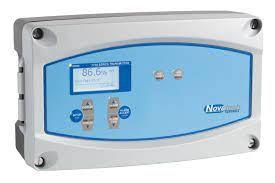
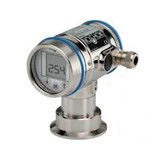
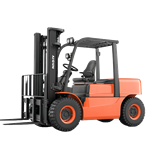
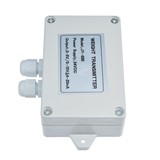


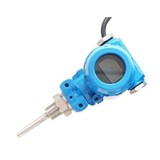
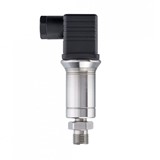
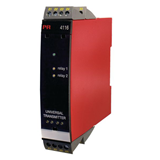



-160x160-state_article-rel-cat.png)
